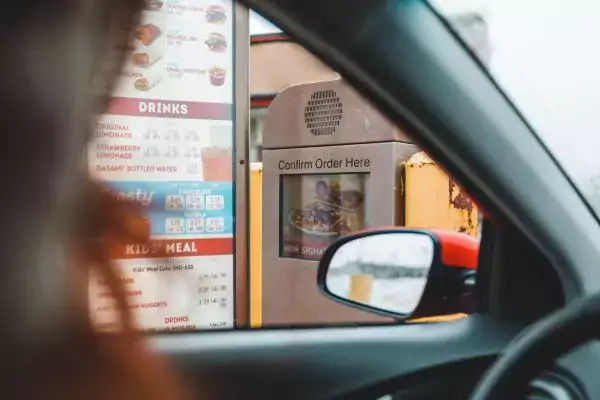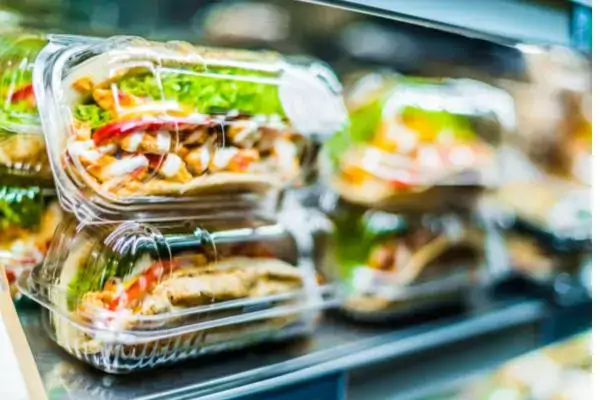Yesterday, I attempted to eat a tuna sandwich that appeared as if it had been prepared by a blindfolded Kindergartener. Lettuce, tomato, and onion were slapped together carelessly while the tuna was applied to everything but the bread. I had the misfortune of learning this as I unwrapped the sandwich at my computer and was rendered immobile with tuna salad hands. Through this experience, I’ve learned that when eating a tuna sandwich, it’s unnatural to feel like you’re consuming a Sloppy Joe worthy of five napkins. Overall, it was a gross experience, and it makes me want to take a break from that restaurant. I paid a good price for that half sandwich and a side salad, so they’ve temporarily lost me as a customer.
To make matters worse, I had paid at an in-store kiosk intended for faster service and watched as everyone around me received their order before me. “Can we hurry up on order #30?” a manager asked. It was her job to check the contents of the plates and take-out bags to ensure that the kitchen was filling orders accurately. Perhaps the comment rushed the employee preparing the “tuna Picasso” because my order was a disaster. I was having a full-fledged “Zenput moment.”
Lesson Learned: Operations Come Down to the Basics
Here’s a quick way to lose a customer: Make them wait long only and deliver their food poorly. Without a solid grasp of basic operations, you’re at the risk of losing sales and damaging customer loyalty. If a regional manager had walked into the restaurant (part of a major national chain) that day, I believe they would have been displeased with what I saw. One employee was frantically filling orders by herself and then had to pause because a side dish needed replenishment. She clearly didn’t have enough support. On multiple occasions, this restaurant has been low on iced tea in the beverage dispenser. I now always check before I order an iced tea and sometimes I don’t when it hasn’t been replenished—another lost sale. Who’s preparing my order? Have they received training on how to esthetically prepare food? The kitchen staff seemed overwhelmed, yet I overheard a manager asking customers seated at a table if she could remove plates for them. There are no waiters or waitresses at this establishment, so you have to wonder if this employee’s time would have been better spent elsewhere. So who’s running the ship and how do we steer it back on the right course?Documentation Increases Accountability & Sales
What if a store or regional manager, on their next visit, was charged with the task of filling out an operational checklist that could document inefficiencies? Imagine if that checklist existed on a digital, mobile platform that provided real-time feedback. The manager would report a critical shortage, maintenance problem, or another serious condition that is impacting sales. They could also have a checklist that accounts for best practices like organization and cleanliness. Through a digital platform, they could share these findings with senior management and discuss ways to improve various challenges that arise store to store. At the end of the day, that’s what retail operations are about—optimizing efficiency to increase sales and profits.The Takeaway
Even though I’m on a break from this particular brand, I will return. You may be wondering why I would do that when I noticed so many areas in need of improvement. If there’s one thing I’ve come to know by working at Zenput, it’s that imperfection in the convenience and foodservice industry exists. However, there are always opportunities to improve. This brand is at least trying, and I appreciate that effort.For instance, the digital ordering kiosks and order accuracy manager are a step in the right direction. The food always tastes good with fresh ingredients, and this location is convenient to where I work. And yes, last time I ordered a tuna sandwich, it was prepared normally.
That’s the opportunity for this franchise. They have a respected brand name and excellent customer volume during lunch hour. They shouldn’t take that for granted. Don’t just meet brand expectations—strive to exceed them. You can with the right tools.Subscribe to our blog
You are now subscribed!


